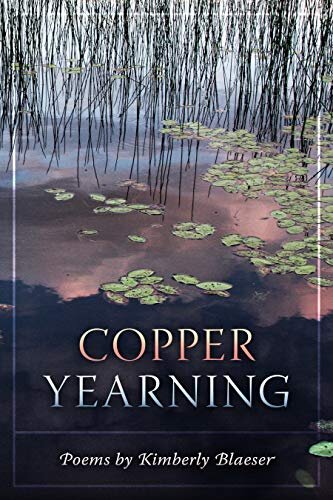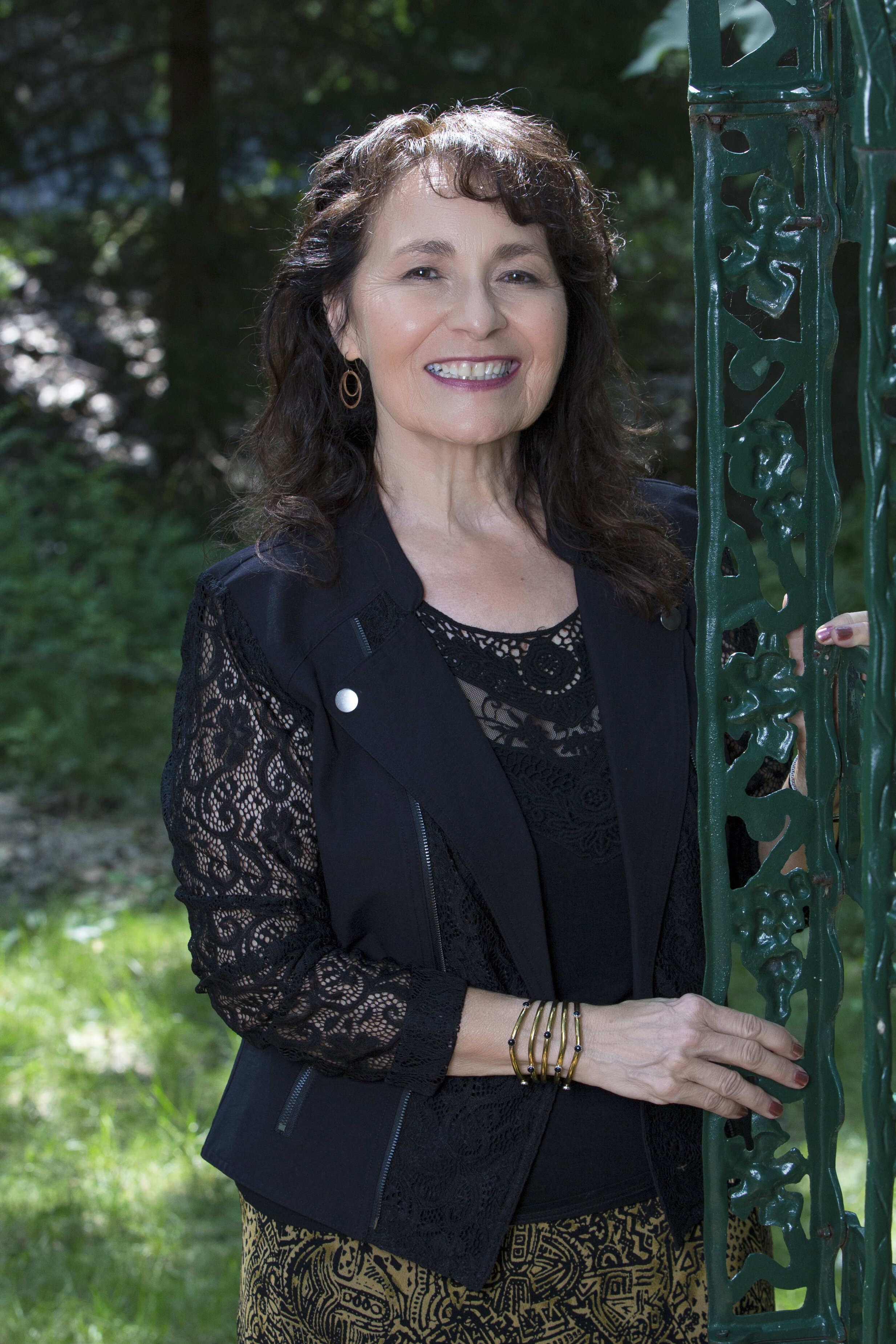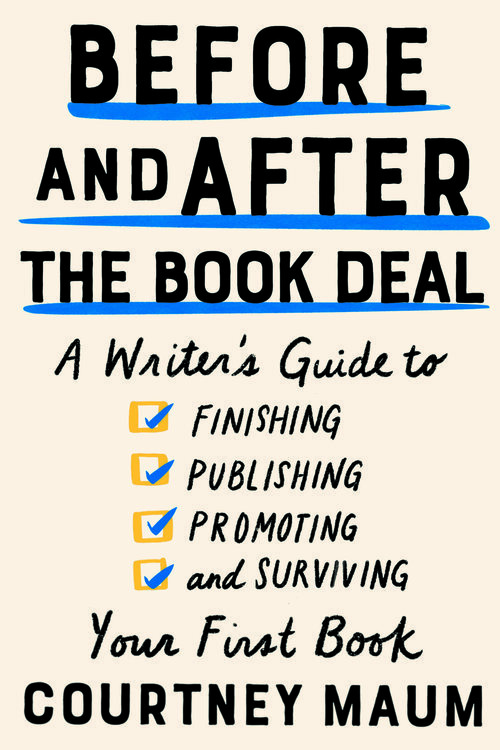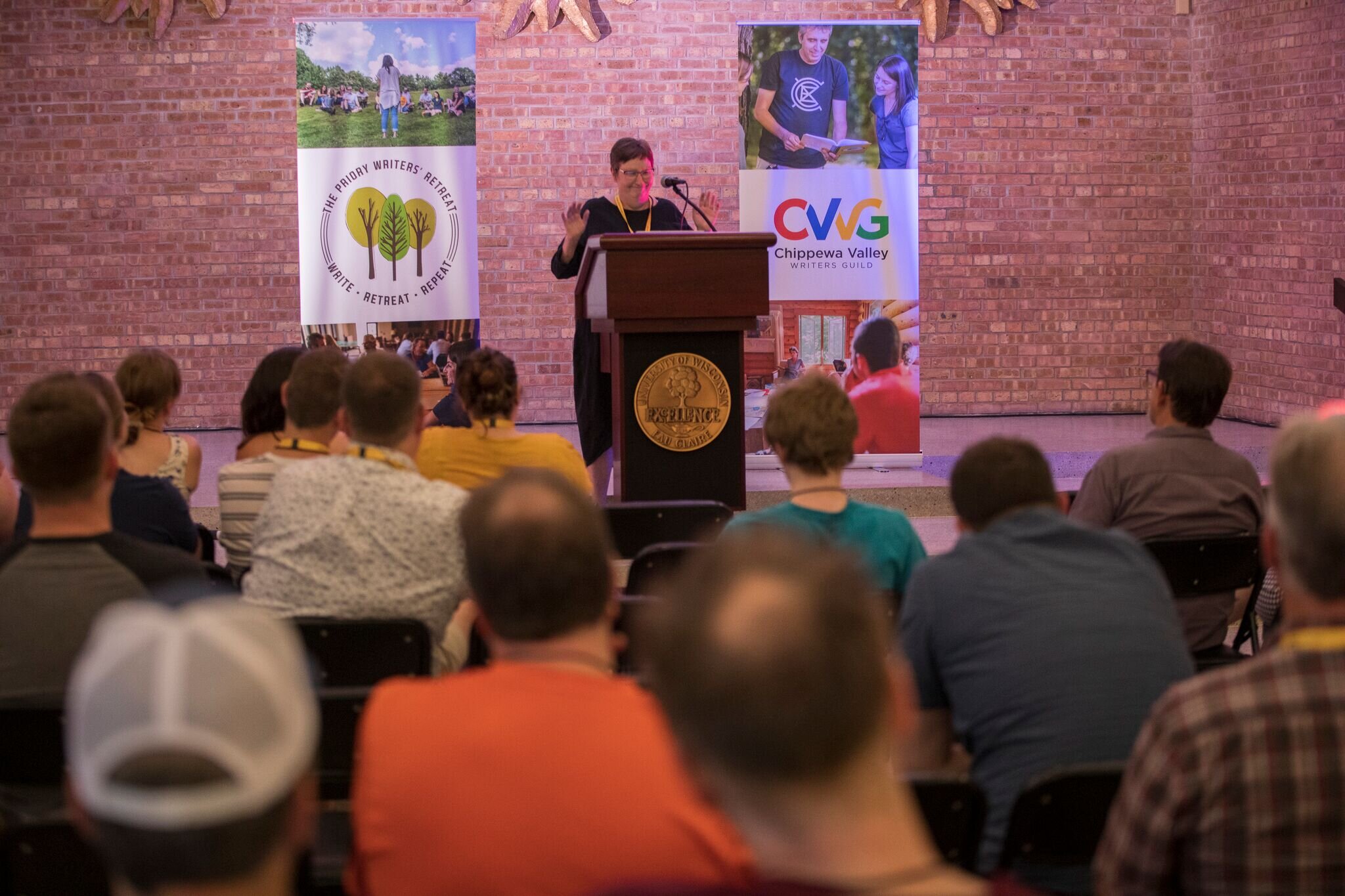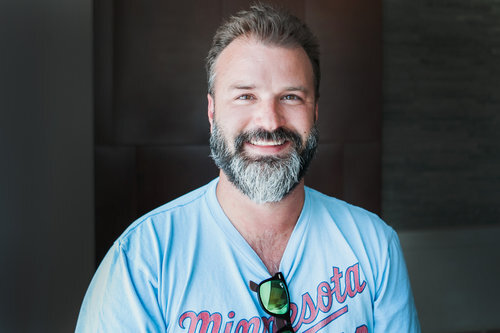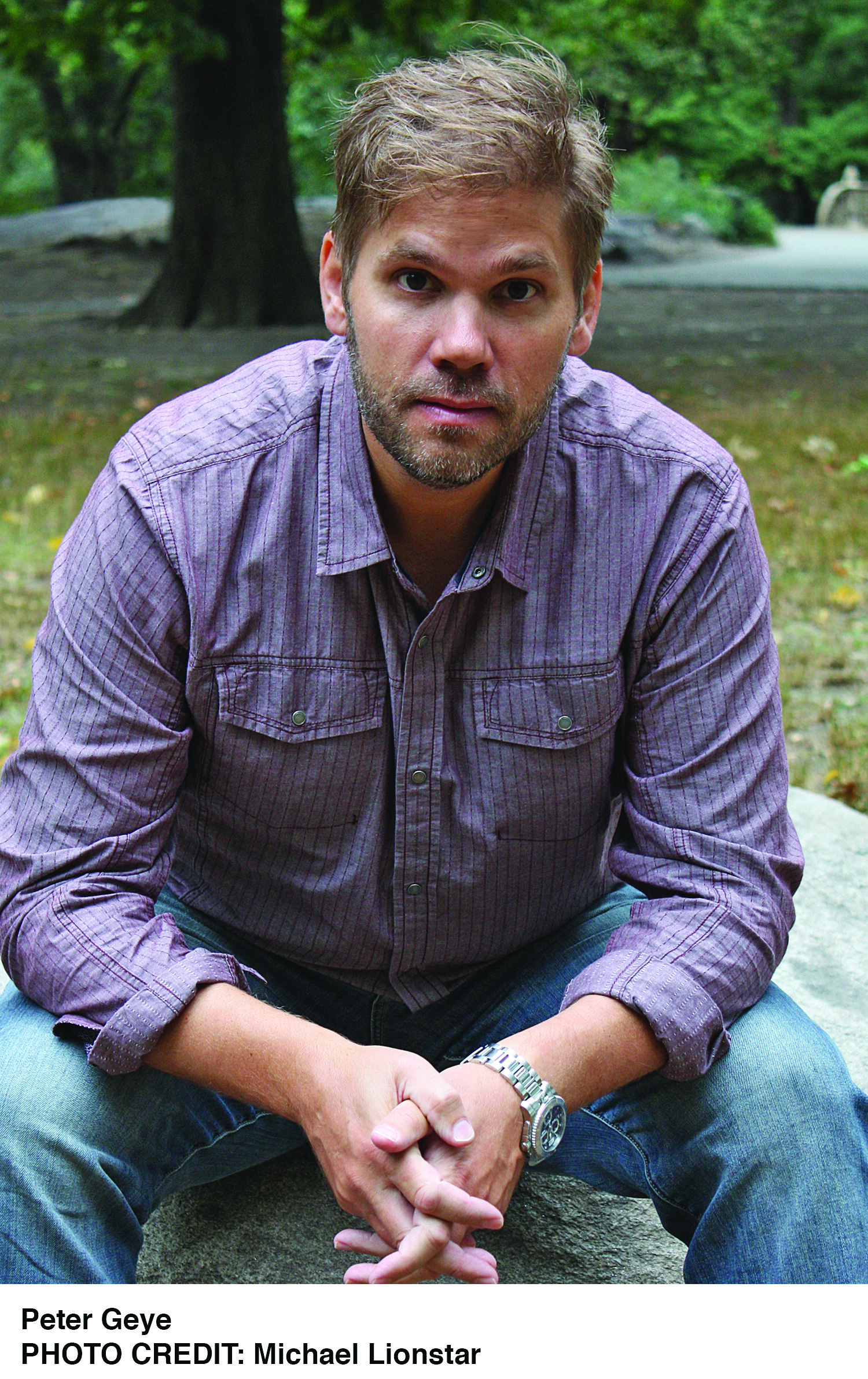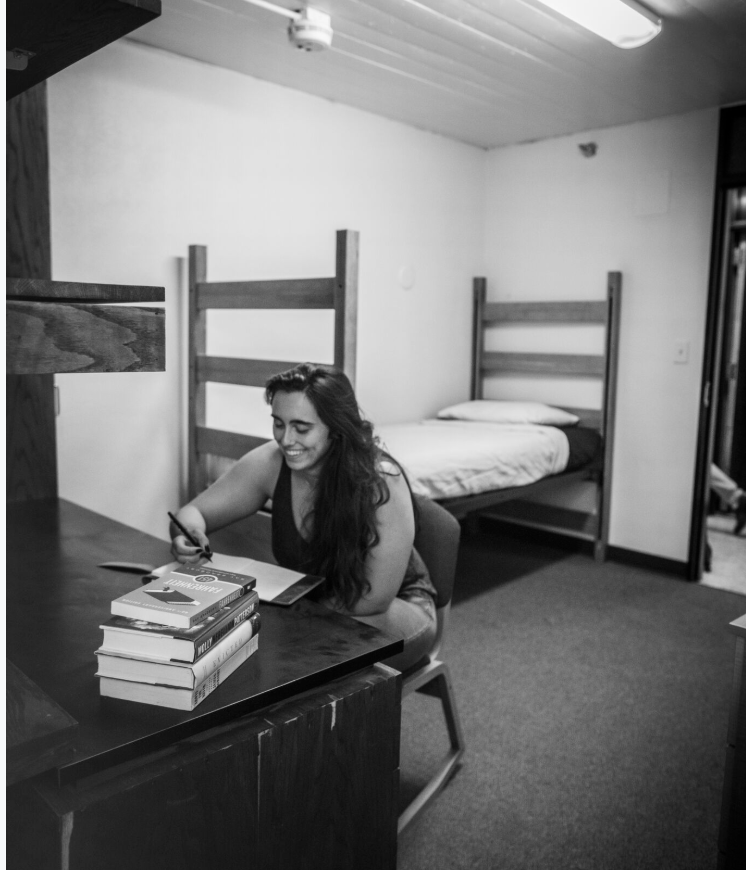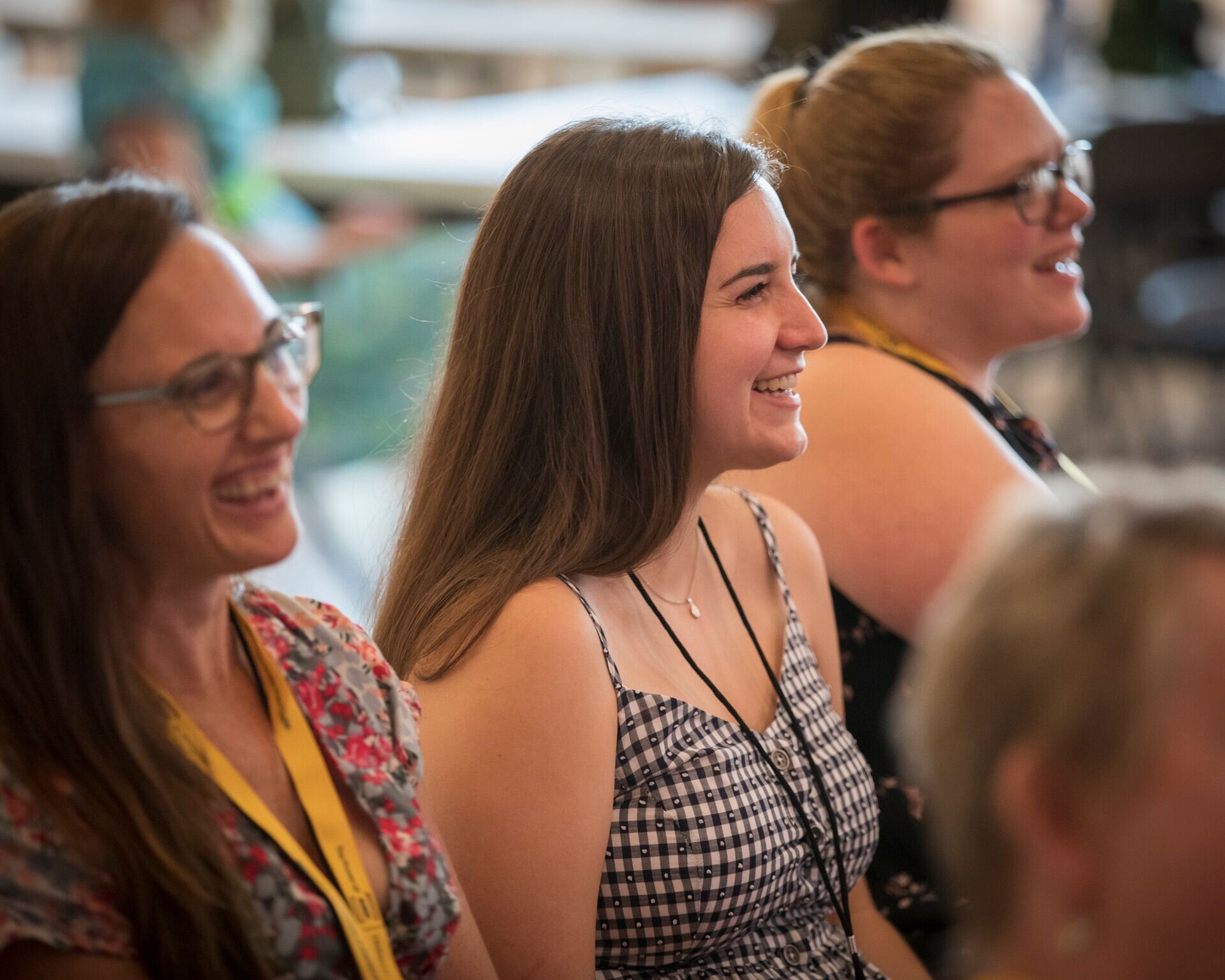B.J. Hollars: Writing, for me, is a time machine that travels both ways. Some days I’m digging deep into my forgotten past, other days I’m dreaming up a future I can barely imagine. No matter which way I’m traveling, I’m always trying to create an experience that will be meaningful to others. The best way to make that happen, I think, is to continually strive to connect with the human heart. Sure, you always run the risk of sentimentality, but when you get it just right, you can open up doors that allow readers to explore their own pasts and futures.
Of course, the past gives us the most material. As Flannery O’Connor famously said, “Anybody who has survived his childhood has enough information about life to last him the rest of his days.” There’s a lot of truth there. The hard part is separating the sepia-toned version of a past event from the authentic version. That’s where the hard work happens. That’s where I grapple the most.
AH: Some memories are fuzzy, faraway and tough to pinpoint. What tricks do you have for conjuring up the past?
BH: Throughout the craft talk, we’ll work through half a dozen writing exercises specifically geared toward conjuring past events. The fun part about writing exercises is that you’re never quite sure which exercise will trigger which memory. Some exercises seem geared toward recalling the tough times, others more toward light-hearted moments. But often, things become messy in the memory. I’m always astonished when a seemingly simple exercise helps me dredge up a forgotten memory.
One of my favorite exercises involves drawing a blueprint of one’s childhood home. Then, I ask writers to label the rooms, and attach a memory or two to each space. It’s amazing what you can remember about your childhood home’s laundry room, for instance, when you really stop to consider it.
AH: I’ve heard that smell and sound are strongly linked to memory. What’s a specific scent or song that sparks a special memory for you?
BH: I have so many! Somewhere in my bathroom I still have some half-filled cologne bottle from high school. When I really want to take a stroll down memory lane, I’ll start there...
As for songs, I have different ones for various eras or moments. For instance, my reflective teenage days were once embodied by Dave Matthews Band’s “Crash into Me” (quit laughing, I’m being honest here! Ha). A recent trip to an island off the coast of Ireland is captured by Bon Iver’s “Jelmore.” Sometimes I’ll create full playlists when working on a manuscript in an effort to get my brain in the time and place it needs to be to write the piece.
AH: I’ve been lucky to gain awesome writing tips from you in classes at UW-Eau Claire. For this event, you’ll be bringing your teaching off campus, likely with folks of a different age group. What do you most enjoy about teaching in a setting like the L.E. Phillips Memorial Public Library, where more community members are present?
BH: Well that’s awful kind, and here’s the 20.00 I owe you for saying so…JK. More seriously, one of my favorite things about teaching in community settings such as the L.E. Phillips Memorial Public Library is the opportunity to connect with all sorts of folks with all sorts of backgrounds and experiences, all of whom share a common interest in the written word. Of course, such a community can be found in a college classroom, too, but the community courses tend to lend themselves to more intergenerational teaching, which I also love. The more different we are, the richer the stories. For instance, once, while a young student asked for help on an essay on the 1940 Chicago Cubs, a non-traditional piped in, “I went to all the games that season!” The observation lit up the room. I realized I’d probably never hear such a comment in a workshop again. Ever since that moment, I’ve been doubly committed to creating experiences for community writers. We’re all better when we can share our knowledge.
AH: Sometimes I hesitate to write about my life because I’m afraid it’s not exciting enough. What advice would you give to those who aren’t sure their stories matter?
BH: If you’re concerned about potentially “navel gazing,” so to speak, then there’s a good chance you’ll avoid it. Often, the problem is when people don’t have any clue that their stories don’t resonate with others. A mentor once told me that the most important lesson we can teach our students is that their stories matter, and that “they all flow into the same river.” That last bit sort of puzzled me for awhile, but I think I know what he meant. And I know he’s right, too.
The writer Brian Doyle has an apropos quote which I think about often. I’m paraphrasing, but the gist is “Writing is not about you, it’s about us.” This is the thought I always carry with me. It’s the safeguard that steers from away from the navel gazing.
AH: In your opinion, what’s the value of exploring one’s past?
BH: Self-reflection is how we get better. It’s how I’ve become a better teacher, a better writer, a better husband, a better father, and a better human. Of course, I still have a long way to go on all of these fronts. In the same way athletes watch game tape, writers return to their pasts. I don’t think we’re necessarily trying to analyze our errors as much as keeping an eye out for meaningful moments that, when skillfully rendered, might make meaning for others, too. I guess that’s the trick of this, and something I look forward to chatting about during the craft talk: How do we take a personal moment and make it meaningful art for others?
Join B.J. Hollars at the L.E. Phillips Memorial Public Library on Tuesday, March 10th from 6-7 pm for an evening of discovery, writing, and peering into the past!













